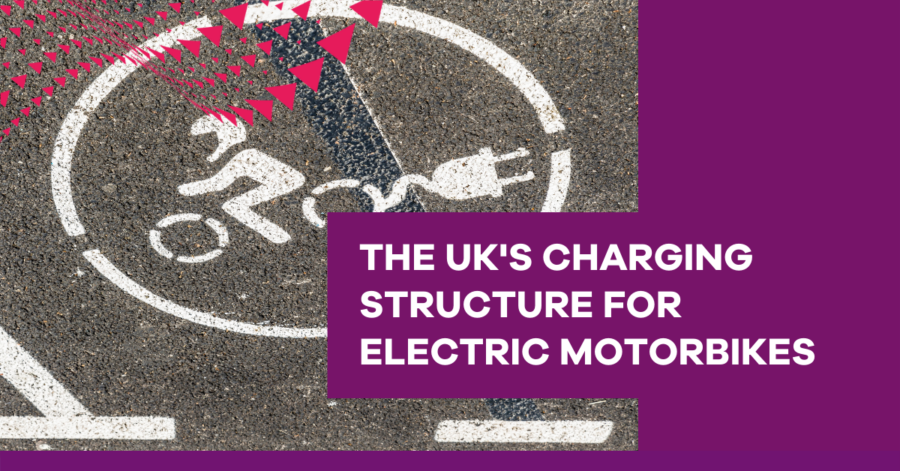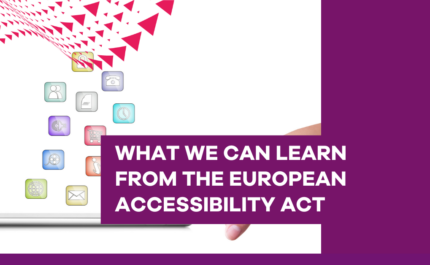
In our recent survey of attitudes towards electric bikes, it was clear that the overriding barriers to switching to electric right now are the limitations on distance you can travel on a single charge coupled with the time it takes to recharge and the lack of infrastructure to support charging.
This could be because around 44% of our respondents describe themselves as casual riders, and they want to be able to enjoy a run out at the weekend, in the countryside and not have to worry about reaching the next charging point. Their view is that the charging structure in the UK does not yet meet their needs and seem to think it won’t improve any time soon.
With this in mind we wanted to look in greater detail at the charging infrastructure – how you can charge your bike, how long it takes and where you can charge.
How to charge your electric motorbike
You may not know this, but an electric motorbike can simply be plugged into the mains.
Domestic pin socket
You can attach your bike via a cable supplied with the bike to a standard UK 3 pin socket, just like you would a mobile phone or laptop. This means it is really easy to charge at home overnight or at work.
The limitation of a domestic socket is that they are typically rated at 3kw, and a full charge takes around five hours.
Type two charging
Increasingly electric motorbikes have come equipped to be hooked up to public charging posts, rapid chargers and domestic type two points.
Type two connections are the most common connectors for electric vehicles, the ones you find in supermarket car parks etc and are up to three times faster than a standard pin socket.
One word of warning however is that as different companies have contributed to the electric charging ecosystem over time, different companies have different charging points and different sockets, much like there is with mobile phone brands, meaning they are not all cross-compatible.
DC fast charging
Direct current fast charging supplies energy directly to the battery and is the fastest way to charge (30-40 minutes). It is only available on some bikes however and some say the rapid charge can reduce the efficiency of the battery in the long term.
Some bike manufacturers have introduced other innovative charging options to some models, for example the scooter manufacturer Silence has created a battery which you can remove from the scooter and charge at home in a normal plug socket. More technology like this is expected to come in future.
How long does it take to charge an electric motorbike?
There are 3 charging speeds in the UK – slow, fast and rapid, all of which then have differing results with different bikes. The “speed” refers to how much electricity is transferred to the battery over a given period (the power output). Power is measured in kilowatts (kW).
The time it takes depends on the size of the bike’s battery, the speed of the charge point, and the amount of charge you need and can take anything between 30 minutes and 12 hours.
- 3.7kW chargers charge at approximately 15 miles of range in an hour
- 7kW fast chargers, charge at around 30 miles of range in an hour
- Rapid chargers can get you an 80% charge in 20 minutes – but this will depend on the bike and the charging point*
Because of the different charging points and connecting sockets you may need an adapter to use some chargers.
Where can I charge my electric motorbike?
The government has committed to install 10 times more on-street chargers by 2030 which should result in a cheaper, more reliable and quicker public charging network for EV drivers.
But despite what people may believe there are already now more EV charging points than petrol stations in the UK although some areas are clearly better covered than others.
There were 32312 charging points across the UK by May 2022, across 19945 charging locations, which is a 32% increase since May 2021.**
Currently the distribution of charging points is heavily skewed in the southeast where 46% of points are located. The government’s goal is to reach 300,000 public charge points by 2030, which is equivalent to 5 times the number of fuel pumps we have now. The plan is to ensure drivers will never be further than 30 miles from a rapid charging station helping to eradicate ‘range anxiety’ which was quite clear in our survey results.
Zap-Map is a UK-wide map of charging points and a great resource to help EV drivers locate and navigate to available charge points.
* Source Autotrader
** Source Zap-map https://www.zap-map.com



